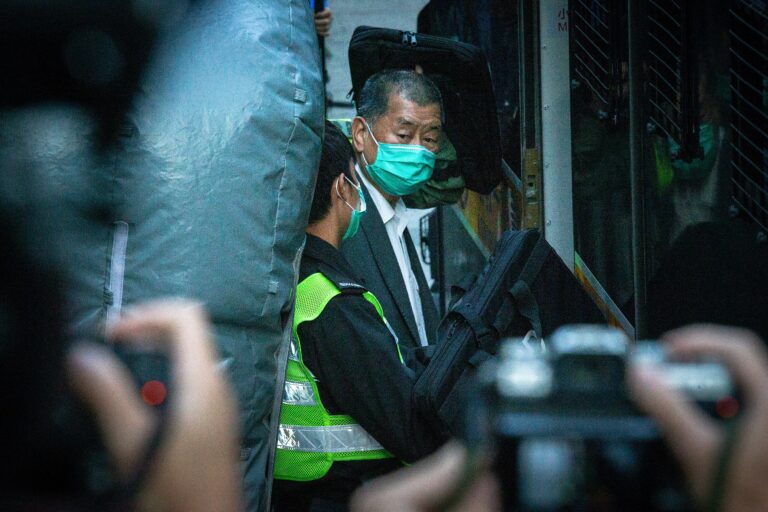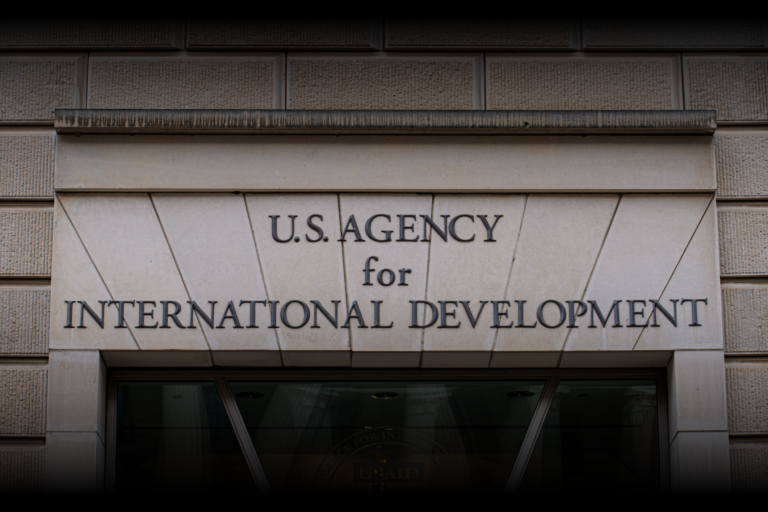Today, it is no longer enough to speak of the “international abortion industry” or the “global abortion lobby.” The situation has evolved. Today we are fighting very sophisticated, highly organized, and very, very deadly international “abortion networks.”
And we in the pro-life movement have to catch up.
We have gotten used to speaking about ideological activism from the UN and its agencies, or a foreign NGO with a lot of money and local branches in poor countries, or the anti-life efforts of a crazed billionaire like Warren Buffet, as if these were all independent actors, to be confronted and defeated one at a time. But this is no longer accurate.
The various elements of the abortion movement are now all connected by a complex web of relationships, and they act in concert. They have formed what we called “abortion networks” with a shared strategy and very specific assigned tasks for each member of the group.
These “abortion networks” are difficult to defeat, because they do not simply consist of a set of NGOs that think alike. They are, rather, transnational power structures made up of foundations, international agencies, professional associations, media outlets, local activists, and public officials. Although their tactics vary from country to country, and issue to issue, the overarching goal of each and every one of these abortion networks is to legalize and normalize abortion as a right worldwide.
Each abortion network has a well-defined strategy, millions in resources, strong media support, and political backing in international bodies. One such abortion network is the International Federation of Gynecology and Obstetrics (FIGO). Its strategy is to use the borrowed authority of medical science to issue recommendations in favor of “safe” abortion, pressuring governments to change national laws.
Another such abortion network is the Latin American Consortium Against Unsafe Abortion (CLACAI). CLACAI acts as a “regional node” to link global strategies with local operators in the Latin American region.
Within these “abortion networks”, the largest organizations usually act as the “brain and muscle” of the network. They provide funding, training, manuals, legal advice, communication kits, and institutional support to the smaller organizations operating in target countries. This coordination explains why, in just a few years, multiple countries in the Latin American region have passed similar laws, with identical arguments and cut-and-paste campaigns. This is no coincidence, but is a conscious strategy.
These abortion networks operate through a complex set of technical, financial, and communication relationships. They share documents, replicate campaigns, coordinate training, disseminate regulatory frameworks, and even reinforce each other on social media or in international forums.
What may seem to be a grassroots movement against a proposed pro-life law in Peru, for example, often turns out to be anything but. But you have to look closely. These connections are kept secret for a reason, and are certainly not visible to the casual observer. But when you start digging, you often find that a small NGO promoting abortion in a certain country is actually following instructions and replicating a strategy hatched in New York, London, or Geneva, that it received through a complex chain of intermediaries.
The Population Research Institute has spent much of this year investigating such abortion networks, exposing how they operate. Here are three that we have uncovered so far:
1. FIGO: A Radical Pro-Abortion NGO with a “Scientific” Face
The International Federation of Gynecology and Obstetrics (FIGO) is an NGO that brings together medical societies in over 130 countries. It presents itself as a scientific organization, but acts as a political operator in favor of abortion. FIGO uses its medical authority to issue recommendations in favor of “safe” abortion, pressuring governments to change national laws.
FIGO demonstrates how a medical-institutional network can be co-opted to legitimize abortion using the language of science and public health. In Latin America and Africa, it has worked with medical societies to promote abortion protocols and influence ministries of health.
It received at least $89 million from USAID, through consortia such as the one led by EngenderHealth.
2. CLACAI: The Ideological Network Connecting Legal, Cultural, and Operational Fronts
The Latin American Consortium Against Unsafe Abortion (CLACAI) shows how an abortion network acts as a “regional node” to link global strategies with local operators. It functions through three clearly defined fronts:
- Legal-political – pushes for decriminalization and administrative regulations to expand legal abortion.
- Cultural-media – promotes campaigns to redefine abortion as a “human right.”
- Practical-technical – promotes abortion with misoprostol, telemedicine abortions, and training for healthcare personnel.
Since 2006, it has been led by PROMSEX (Peru) and operates in 19 Latin American countries. It is backed by players such as IPPF, Planned Parenthood Global, the Center for Reproductive Rights, Marie Stopes, Women Deliver, and even Amnesty International. USAID has directly or indirectly funded the organizations leading each of CLACAI’s fronts.
3. FP2030: The “Network” of Global Language
Family Planning 2030 (FP2030) is a global alliance that redefines the concept of family planning, openly incorporating abortion as a central component. FP2030 promotes abortion as “a necessary tool for women’s advancement” and formally includes it in its definition of family planning services.
It works in collaboration with IPPF, Ipas, Marie Stopes, Planned Parenthood Global, PROMSEX, and Profamilia Colombia, among others, who shape the global discourse framework that justifies and drives pro-abortion policies in multilateral bodies and public health systems.
USAID has provided $15 million to develop this network in Africa, Asia, and Latin America.
Exposing the Abortion Networks Is Only The First Step
Each of these networks operates as an articulated web of actors with complementary roles. An additional crucial element is the deliberate concealment of their interconnectedness. Many organizations within these networks try to fly below the radar. They use neutral names, present themselves as scientific, feminist, or youth associations, and generally avoid mentioning abortion explicitly in their bylaws. You can only discover their true identities as key players in the global pro-abortion architecture by carefully examining their funding, publications, alliances, and public interventions.
In the face of this new threat, there is an urgent need in the pro-life movement to develop strategic intelligence. We must learn as much as we can about these “abortion networks.” We must learn who they are, how they connect, who they answer to, and what tactics they use. Only then can we not only expose them, but anticipate and defeat their anti-life machinations.
Many national pro-life leaders have long suspected that abortion campaigns in their countries are not spontaneous. As our research to date on FIGO, CLACAI, and FP2030 show, they are absolutely correct. Behind almost every new proposed law, medical protocol, court ruling, or media campaign, there is a well-organized abortion network pulling the strings from the shadows.
Our mission at the Population Research Institute is to shine the light of truth on the activities of these abortion networks, exposing their hidden members and neutralizing their devious strategies. The better we understand how these abortion networks operate, the more successfully we can confront and defeat them. We have done it in Peru, and we can do it elsewhere.








